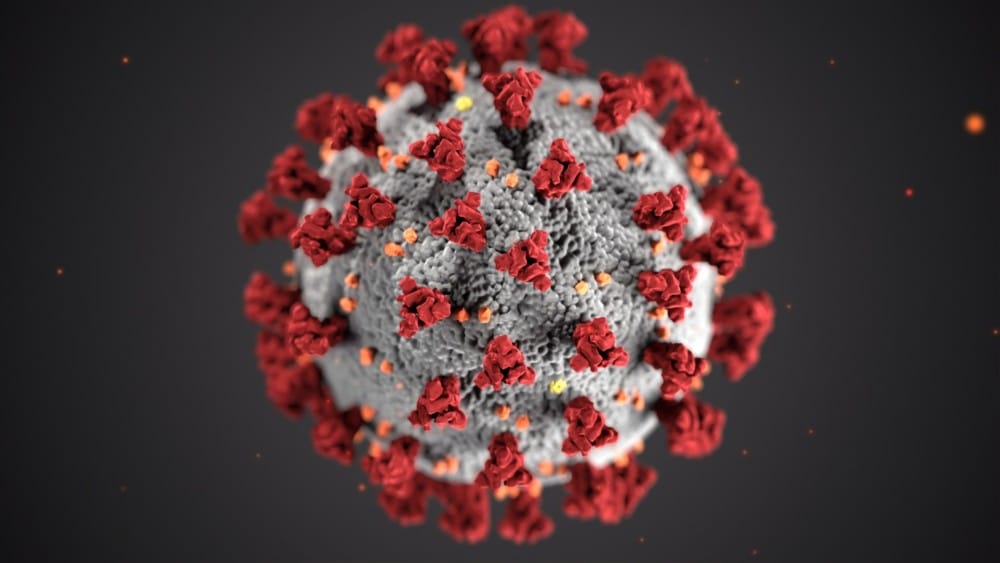Platelet-Rich Plasma (PrP) therapy is not new for the medical world. It is used since the 80’s to treat injured athletes. However, for the hair care world, it is a recent phenomenon. This is a 3-step process in which the patient’s own blood is used for treatment.
Platelet-Rich Plasma treatment for hair loss requires a series of three treatments at an interval of 4-6 weeks. You must undergo maintenance treatments every 4-6 months.
Step 1:
The specialist draws blood from your arm and puts it in a centrifuge.
Step 2:
The centrifuge spins rapidly and separates blood fluids of varying densities. This process takes 10-15 minutes. Your blood is now separated into:
- Platelet-poor plasma
- Platelet-rich plasma
- Red blood cells
Step 3:
The specialist takes the platelet-rich plasma portion of your blood in a syringe and injects it into the balding or thinning spots of your scalp.
Understanding PRP
Platelet-Rich Plasma (PRP) is a compound that medical experts believe to encourage healing when injected at a particular area of the body.
Plasma is a blood component containing special proteins that accelerate blood clotting and proteins that promote cell growth. Researchers separate plasma from blood through the centrifuge device and concentrate it. This makes it rich enough to produce desired results.
The concept is that when PRP is injected into the damaged tissue area, it will stimulate the body to grow new cells and encourage healing. Due to the fact that the separated plasma is in concentrated form, experts believe that healing will happen faster.
Side effects, any?
According to medical researchers, PRP treatment for hair loss involves using the patient’s own blood, so there is no question of matching the blood or contracting any communicable disease.
Yet, any treatment that uses injections carries a certain amount of risk such as:
- Infection (through the syringe)
- Injury to nerves or blood vessels
- Scar tissue
- Calcification at the injection site
- A chance of negative reaction to anesthesia
Who cannot undergo PRP treatment for hair loss?
Heavy smokers, people on blood thinners, and those with a history of alcohol or substance abuse cannot undergo this therapy.
In addition, if you are diagnosed with cancer, chronic or acute infections, chronic liver disease, systemic disorder, metabolic disorder, chronic skin condition, sepsis, platelet dysfunction syndrome, hypofibrinogenemia, hemodynamic instability, or thyroid condition, you are not a candidate for PRP therapy.
Conclusion:
If you are interested in undergoing Platelet-Rich Plasma (PrP) treatment for hair loss, please consult your doctor. You must tell him/her about any medication you are taking.
PRP therapy is not yet approved by the FDA, yet it is been used to help athletes heal through their own blood. Recently, hair specialists have started using this therapy to treat hair loss and the results are amazing.
According to an article published in US National Library of Medicine, National Institutes of Health, in 2014, PRP therapy is found to be effective in treating male pattern baldness, scientifically called androgenic alopecia.
If you are healthy otherwise, there’s no harm in using your own blood on your scalp and stimulate your follicles to produce newer, healthier hair.






















